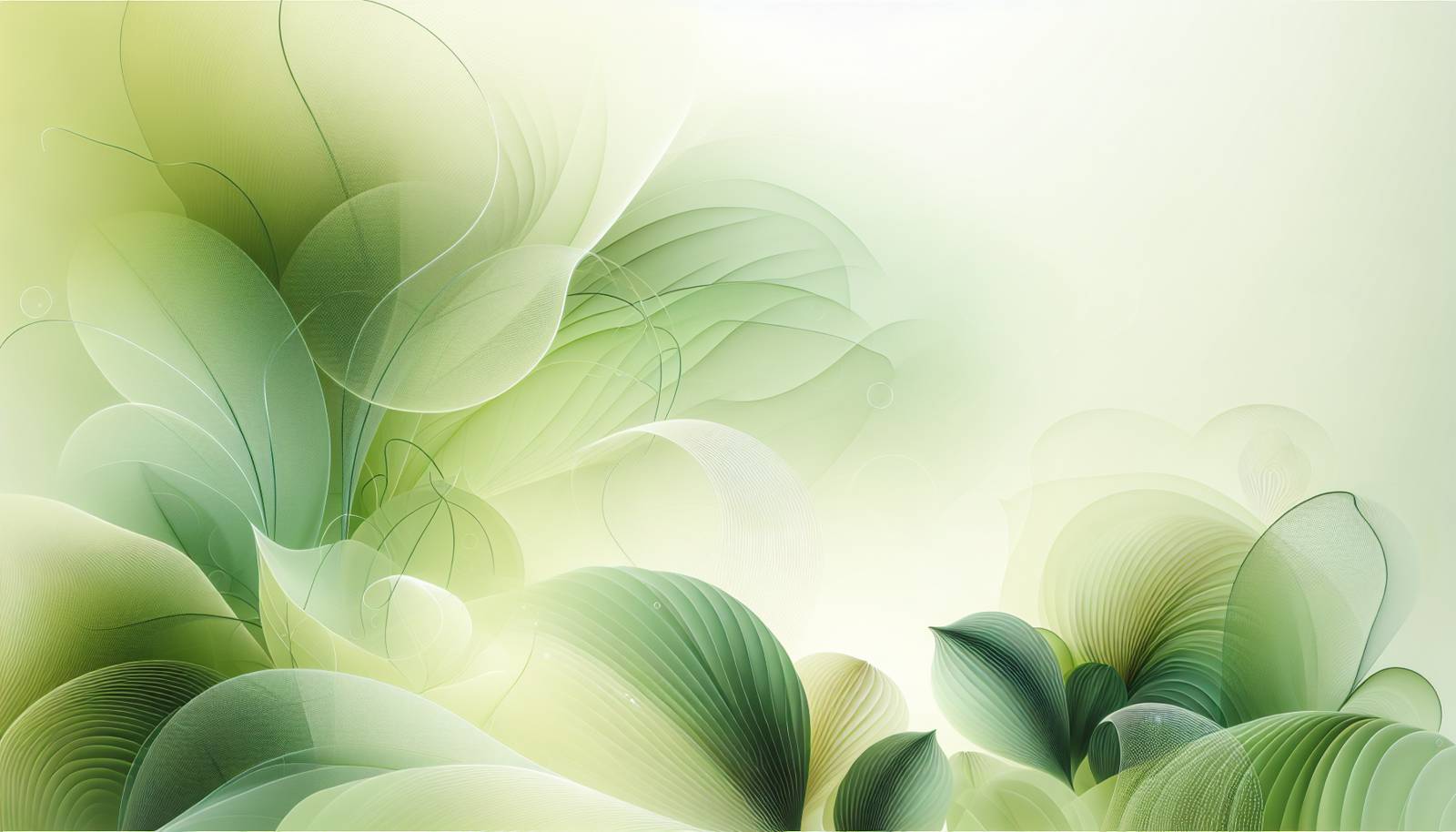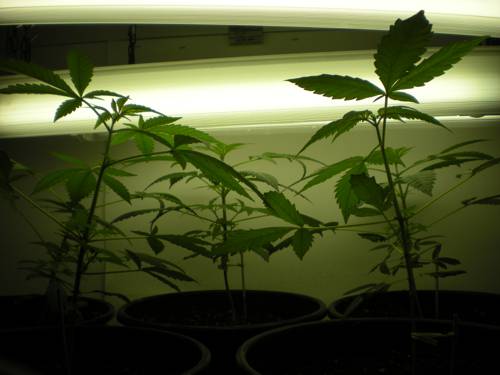
FAQ About Indoor Plant Lighting Adaptations

How do indoor plants adapt to artificial lighting?
Indoor plants adapt to artificial lighting by altering their growth patterns, chlorophyll concentration, and leaf size to maximize light absorption and photosynthesis. Unlike natural sunlight, artificial light often lacks the full spectrum, so plants may grow slower or exhibit elongated stems as they reach for the light source. With time, many plants adjust by optimizing energy use and making physiology changes suited for the available light quality.

What is the best type of artificial light for indoor plants?
LED grow lights are considered the best artificial lighting for indoor plants due to their energy efficiency, low heat output, and customizable light spectrum. They can be tailored to emit the specific wavelengths needed for photosynthesis, making them more effective at simulating natural sunlight compared to fluorescent or incandescent lights.

Can all indoor plants thrive under artificial light?
Not all indoor plants thrive equally under artificial light. Some plants, such as succulents and cacti, prefer high-intensity lighting similar to natural sunlight, while others like ferns and pothos can adapt better to lower light levels commonly found indoors. It's crucial to match the light intensity and duration to the specific needs of the plant species.

How can you simulate natural light conditions indoors?
To simulate natural light indoors, use full-spectrum LED grow lights that mimic the intensity and color composition of sunlight. Position the lights to cover all angles of the plant, providing even illumination and reducing shadows. Additionally, run the lights on a schedule that matches natural day and night cycles, typically 12-16 hours of light per day depending on the plant type.

What are some signs that indoor plants are not getting enough light?
Common signs that indoor plants are not receiving adequate light include elongated stems, small and pale leaves, slow growth, and failure to bloom. These symptoms occur as the plant stretches toward the nearest light source and struggles to conduct efficient photosynthesis. Adjusting the light intensity or duration can help alleviate these issues.

What should be considered when selecting a light fixture for indoor plants?
When selecting a light fixture, consider the light intensity, spectrum, heat output, and energy efficiency. Opt for fixtures that emit the appropriate wavelengths required for photosynthesis and have adjustable settings to customize light duration and intensity. LED fixtures are preferred for their low heat output and energy conservation.

Do indoor plants need a specific light spectrum?
Yes, indoor plants benefit from a specific light spectrum that includes both blue and red wavelengths, which are crucial for photosynthesis. Blue light promotes vegetative growth, while red light encourages flowering and fruiting. Full-spectrum lights with a balance of these colors mimic natural sunlight effectively, supporting plant health and development.

How far should grow lights be from plant foliage?
The distance between grow lights and plant foliage depends on the type and intensity of the light. Generally, LED lights can be placed 12-24 inches above the plants due to their strong intensity and low heat output. It's essential to monitor plants for heat damage or insufficient growth and adjust the height as needed.

Can LED lights alone meet all of a plant's lighting needs?
LED lights can meet most of a plant's lighting needs by providing the necessary light spectrum efficiently. However, they should be complemented with other aspects of care like proper watering, temperature, and humidity. Additionally, rotating plants regularly ensures even light exposure to all sides.

What are some low-light indoor plants that thrive under artificial lighting?
Low-light indoor plants that thrive under artificial lighting include snake plants, pothos, ZZ plants, and philodendrons. These species require minimal light to maintain health, making them ideal for spaces with limited natural lighting. They can adapt well to fluorescent or LED lighting conditions typically found indoors.

How does light duration affect indoor plant growth?
Light duration significantly affects indoor plant growth by impacting the photosynthetic process and influencing plant cycles. Most indoor plants need 12-16 hours of light daily to mimic natural daylight. Insufficient light duration can lead to stunted growth, while excessive light can cause stress and damage to plant tissues.

What is the role of red and blue light in plant growth?
Red and blue lights play crucial roles in plant growth. Blue light supports vegetative growth, helping in leaf enlargement and chlorophyll synthesis, whereas red light influences flowering and fruiting, promoting flowering and seed production. Combining these wavelengths creates a balanced light spectrum suitable for complete plant development.

Can fluorescent lights be used for indoor plants?
Fluorescent lights can be used for growing indoor plants, especially those that require low to medium light levels. They provide broad-spectrum light beneficial for seed starting, leaf growth, and small indoor gardens. However, they are less energy-efficient compared to LEDs and may not offer the same intensity for larger or light-demanding plants.

What are the common misconceptions about indoor plant lighting?
A common misconception is that all indoor plants need direct sunlight to thrive, while many can adapt to indirect or artificial light conditions. Another is the belief that all artificial lights are the same; in reality, the light spectrum, intensity, and duration can vary significantly and affect plant health.

How does artificial light compare to natural sunlight for indoor plants?
Artificial light can mimic the spectrum of natural sunlight but often lacks its intensity and full spectrum variability. While LEDs can be tailored to provide specific wavelengths, direct sunlight offers a continuous and powerful light source that supports robust plant growth. The effectiveness of artificial lighting depends on how well it replicates these properties.

How do you adjust light for plants in different growth stages?
Adjust light for plants in different growth stages by altering the light duration and spectrum. Seedlings benefit from more blue light and longer light hours, while flowering plants require increased red light exposure and balanced light hours. Tailoring light settings can optimize growth and bloom cycles according to the plant's phase.

Why is light intensity important for indoor plants?
Light intensity is vital for indoor plants because it influences the rate of photosynthesis and overall plant health. Insufficient light intensity can limit growth and lead to weak, leggy plants, whereas too much light can cause leaf damage and stress. Matching the light intensity to plant needs ensures balanced energy for growth and maintenance.

What is a grow light, and how is it different from regular lights?
A grow light is a specially designed light fixture that emits specific wavelengths of light necessary for plant photosynthesis, simulating natural daylight conditions. Unlike regular bulbs, grow lights provide balanced blue and red spectrums essential for plant growth and development, making them more effective for indoor growing environments.

How do you measure the effectiveness of indoor plant lighting?
Effective indoor plant lighting can be measured by monitoring plant growth indicators such as leaf color, stem strength, blooming activity, and overall vitality. Tools like light meters assess the intensity and distribution of light, ensuring that plants receive consistent and adequate illumination for optimal development.

Can plants grow without any natural light, using only artificial light?
Yes, plants can grow without any natural light by using only artificial light, provided that the grow lights supply the necessary spectrum, intensity, and duration. Full-spectrum LED lights are often used for this purpose, supporting various stages of plant growth from seedling to flowering entirely indoors.
